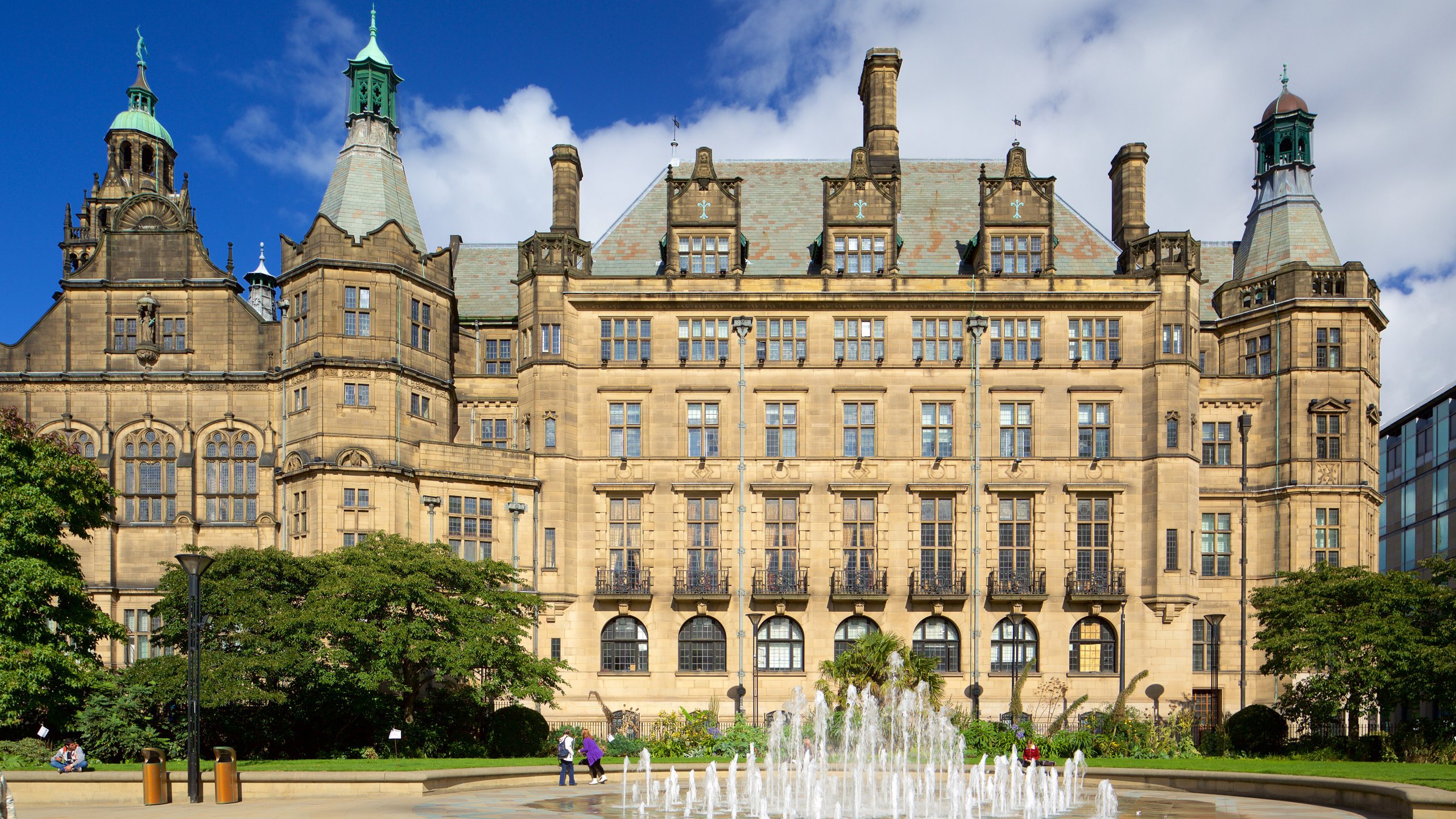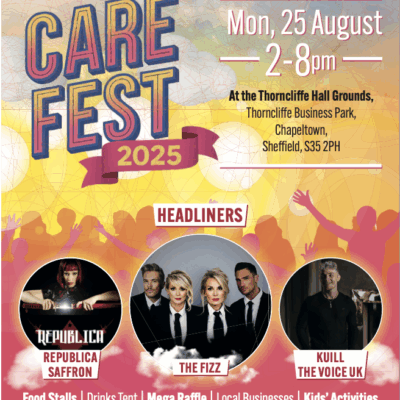Sheffield City Council has proposed an extra 200 properties to be used as council houses, attempting to address rising costs and homelessness within the city.
The gap in what the local authority spent on B&Bs and what it was able to retrieve from the government was £4.9m in 2023/24, with this figure is predicted to reach £6.6m in 2024/25.
At the moment, the city council doesn’t have an accommodation strategy or policy. The report from Sheffield City Council said: “We currently work strategically rather than reactively.”
Daryl Bishop, CEO of Ben’s Center, a homeless charity in Sheffield, said: “We get clients who come to us that we then pass onto the housing system, but this doesn’t get them anywhere. This makes our clients lose faith in the councils’ and our own services.
“If there is no fluid strategy to house these people, they just end up back on the streets.”

The report from Sheffield City Council said: “In the worst-case scenario, if we do not develop alternatives and sufficient service improvements, over 1,300 households could be in B&B by 2028, which would be financially devastating.”
The city council aims to reduce the number of temporary accommodation placements from the current figure of 700, to 500 by the end of the proposed policy. The report states that by 2028, over 1,300 B&Bs may have to be used, which would cause major financial issues.
Last year, a review about Sheffield’s housing services was completed by consultancy firm Campbell Tickell.
This revealed that Sheffield has disproportionately high numbers of single people in temporary accommodation compared with other councils nationally.
The report said: “So that we can do this quickly, we plan to use more of our own council housing in the next 2 years.
“We use 450 out of our 2700 homes for temporary accommodation. This would be a temporary increase so we have time to do more to provide accommodation long term.”
A consultation exercise will take place through the Spring, with the final strategy to be brought back for approval in June.
The Policy will help deliver the goals of the Homelessness Prevention and Sleeping Rough Strategy 2023-2028.




